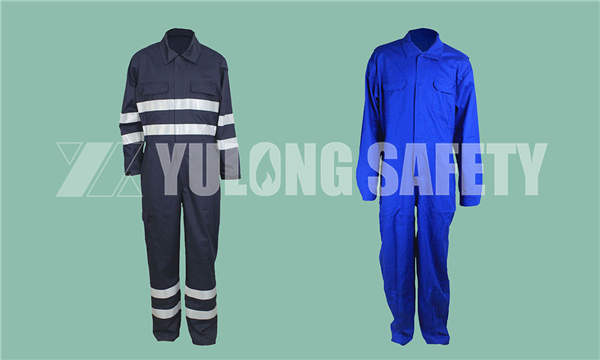


There is a common question in the area of anti-arc garment:which can reflect garment’s protective performance better,the arc level of ATPV or arc level of EBT.As a standard related to human life,any wrong concepts can make fatal injuries.
When the method ASTMF1959 which tests arc level of garment’s materials is still in the development stage,the ASTMF18 commission(American Society for Testing and Materials,Electrical protection equipment workers committee) has realized that some materials can make skin feel burning warning before fracture while other materials can not.So there are 2 rating standard primordially:one is ATPV(Arc Thermal Performance Value),another is EBT(Energy of Burst Threshold).Experiments show that every kind of fiber will burst before reaching the level of burning warning.Now we find generally that knitted fabric burst before reaching burning point while woven fabric will burn before reaching bursting point.Every fabric structure and fiber have their own advantages and disadvantages.
There are two reasons that the commission rename arc level:one is simplifying terminology on labels to make terminal user understand it better,another is eliminating the misunderstanding about EBT.The commission retains EBT and ATPV as labels or appendixes in arc level from many different perspectives,which means more important for using anti-arc workwear safely and professionally.So now we can see labels on anti-arc garment written with ATPV=Xcal/cm2 or EBT=Xcal/cm2.
Fabric labeled EBT value in most cases does not present second-degree burns on the sensor of heat amount , because minute cracks on the fabric is not located directly on the sensor . Theoretically, if these cracks and holes are located directly on the sensor , it will burn a hole in the fracture prediction which can rate directly. Two kinds of arc level are both in units of cal / cm2, we generally record minimum.That is,EBT or ATPV can be recorded,but we only select one as the arc level eventually.According to ASTMF1506 (Standard performance specification of textile material used in electrical workers’ protective clothing that exposed to transient arc and related thermal hazards) relevant arc rating provisions,only the minimum value can be written in the clothing label .
If we rate clothing arc level according to ASTMF1506 standard, fabric will need to subjected to multiple tests , such as washing test and ASTMD6413 vertical burning test.In other words,the fabric must meet a series of more comprehensive testing to really achieve flame retardant status under the condition of arc , flash fire or any fire.
Two indicators in accordance with ASTM standard arc rating is defined as follows:
According to the Stoll curve, ATPV value means energy incident on the material has 50 % probability that make sufficient amount of heat penetrating the sample and cause second-degree burns.
EBT value means energy incident on the material has 50 % probability that make the sample fractured.When the total area of the hole produced on the fabric is over 1.6cm2, we regard it fractured.
ATPV and EBT are using the same test method (ASTMF1959) to assess,but we record arc level by the value reached first. If the thermal insulation value is greater than the arc tensile strength,the material will fracture first;otherwise it will burn before fracture.
If the EBT value is equal to or less than ATPV value, "EBT" will be used and marked as arc rating ( EBT ) ; if EBT value is greater than ATPV value, "ATPV" will be used and marked as arc rating.
We can also use another way to understand these levels:
ATPV: In a plain weave test with 8cal, the possibility of causing second-degree burns is 50%; EBT: In a plain weave test with 8cal,the possibility of 2.54cm cracks produce on material is 50 %.
In practical applications,we can not determine clothing protective performance by ATPV value or EBT value,because they are " functionally equivalent ".We can not say which one is better.Basically the insulation of fabric labeled "EBT"is usually greater than its strength,while those fabric labeled with "ATPV" is opposite. If there is a difference , then the fabric labeled "EBT" usually means that it is knitted garments wearing more snugly, but there is no essential difference between both about the protection of wearer's.